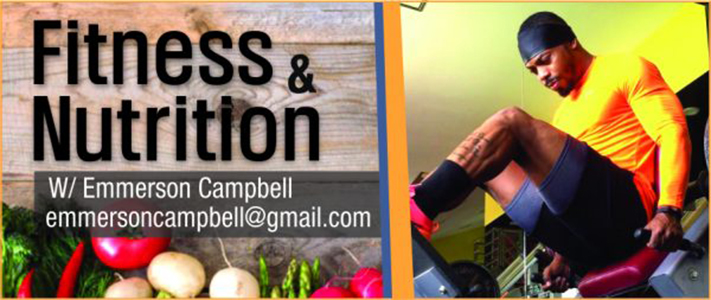
Do not only rely much on the scale
The scale only tells you your overall weight, but there are many things that contribute to that number. For instance, muscle mass and body fat both play a role in your weight.
While a pound of muscle and a pound of fat weigh the same, fat takes up more space than muscle because it has a lot more volume. Muscle, in comparison, is denser. This is why two people can weigh the same but have different body com-positions. The scale doesn’t reflect this.
As the body begins to lose fat, you are going to see the number decrease on the scale, but as you build up muscle in the gym, you are going to see that number increase. This is when people begin to lose hope and believe they’re gaining weight when, in reality, they’re only gaining muscle, which is good.
You may be tempted to think that it’s just about calories in and calories out, but there are a lot more elements that go into weight gain. Aside from consuming too many carbohydrates, you might be eating the wrong ones. Not only that, but there are numerous additional factors involved. Water retention, digestive health, and sleep all impact your weight.
Tracking progress without the scale
There are various methods to evaluate your progress that can provide you with a more accurate assessment of how well you’re doing. It doesn’t show how strong you’ve gotten or how much fat you’ve lost, so it’s a lot better to get your body fat measured or compare how your clothes fit.
There are ways to have your body fat tested, such as scans, so that you can get your body fat percentage, body fat mass, skeletal muscle mass, and segmental lean analysis. You can even do this at home by using fat calipers if you do not have access to a body scan machine.
Tracking measurements such as body fat mass and skeletal muscle mass over time will give you a better sense of your progress than just your overall weight on the scale.
Use a measuring tape
Get out a tape measure and track your results the old-fashioned way if you want to keep tabs on them. Depending on your objective, a tape measure is a more reliable method of determining which body parts have slimmed down or expanded in size. Measure the places that you want to see change such as biceps, chest, thighs, and waist. Track these measurements over time to see if you have gained or lost inches in the areas you are targeting.
Snap progress photos
Taking progress photographs isn’t always necessary, but it can be useful in determining how far you’ve progressed. Sometimes it’s easier to look at changes visually rather than getting precise measurements. When the number on the scale hasn’t budged, photos help to keep us focused.






